>>Who will feed the children at lunchtime? Tim Lang, Professor of Food Policy, City University
Part of the policy fall-out from the obesity issue has been the re-emergence of school meals as a hot policy issue. Nothing to do with modern, hip retailing, you say. Wrong. There is a serious battle on as to who feeds the school age child in school time. Is it the caterer? If so, which one? In-house, on-site contractor or the chippie/burger bar round the corner? Or is it the retailer selling to parents or pupils? In what format: ready-packed lunchbox or make-your-own ingredients? Big difference, and not just for business.
School meals are a microcosm of everything facing the food supply chain. They are about the future - children.
And they reek of tensions over social responsibilities. Is it the state’s responsibility: central or local? Is it families’: mum’s or dad’s? Is it something best left to the private sector to fill?
After two decades of cutbacks, privatisation and compulsory competitive tendering, school meals have surprised many simply by surviving. Long a Cinderella service, they now symbolise in which direction the food supply chain goes - further intensification and reliance upon giant suppliers or a new kind of localism including school autonomy and local purchasing supply networks from (relatively) local real food producers.
In Italy, home of Slow Food, an entire new movement has emerged based on new regional criteria for school meals contracts. Tuscany, Lazio and Veneto have passed laws supporting regional food, traditions and cultures. We don’t have their regional culinary diversity but a fierce regionalism and localism is emerging, supported for different reasons by political parties.
Even back in the 17th century, when charity penny meals existed, politics intervened, distinguishing between deserving and undeserving poor. Mass poverty and poor quality army recruits finally shook parliament into legalising school meals in 1906. They were started in World War 1 but took off fully in World War 2. The 1944 Education Act required meals to provide 50% of a child’s nutritional needs.
By the 1980s, this went into reverse: nanny state out, privatisation in. The rhetoric was of family (ie mothers’) food responsibilities but family-style sit down meals were stopped and replaced by speedy, self-service individualism. Within a decade the
Conservative government realised the error, at least on health. NHS costs from diet-related disease was (and is) huge. The 1995-7 Nutrition Taskforce created a school meals working party. And in 1997 Labour introduced soft, non-mandatory guidelines.
Now Mr Blair wants to devolve power to individual schools so there are no bogstandard comprehensives. What about the food? The FSA’s July 13 Nutrition Report on secondary school food is sobering. The research on 79 schools found weak practices. Most fried their own chips rather than use lower fat bought-in oven chips while 39% didn’t make nutrition part of their specifications. Only 15% restricted access to table salt. Only 17% used low fat spreads in sandwiches. Total energy intake was 41% from fat (target is 35%) and saturated fats were 14% (target 11%). Voluntary guidelines aren’t working.
Room for manoeuvre is limited. The FSA found 54% of pupils spend less than £1.50 on lunch while 48% of pupils chose high fat foods like burgers. Least popular choices are fruit (2%), fruit juice (3%), veg & salads (6%). Only a quarter of staff have had access to health catering training in the last 12 months.Only a third of schools did a health promotion in the last 12 months. How can they compete with industry’s deep pockets?
A new consensus is emerging. Children deserve better than this. Water not soft drinks. Fruit not fat. Exercise not cars to school. Marketing controls if malpractice continues. Mandatory nutrition guidelines. Cooking classes. Don’t tell me there isn’t gain there.
Part of the policy fall-out from the obesity issue has been the re-emergence of school meals as a hot policy issue. Nothing to do with modern, hip retailing, you say. Wrong. There is a serious battle on as to who feeds the school age child in school time. Is it the caterer? If so, which one? In-house, on-site contractor or the chippie/burger bar round the corner? Or is it the retailer selling to parents or pupils? In what format: ready-packed lunchbox or make-your-own ingredients? Big difference, and not just for business.
School meals are a microcosm of everything facing the food supply chain. They are about the future - children.
And they reek of tensions over social responsibilities. Is it the state’s responsibility: central or local? Is it families’: mum’s or dad’s? Is it something best left to the private sector to fill?
After two decades of cutbacks, privatisation and compulsory competitive tendering, school meals have surprised many simply by surviving. Long a Cinderella service, they now symbolise in which direction the food supply chain goes - further intensification and reliance upon giant suppliers or a new kind of localism including school autonomy and local purchasing supply networks from (relatively) local real food producers.
In Italy, home of Slow Food, an entire new movement has emerged based on new regional criteria for school meals contracts. Tuscany, Lazio and Veneto have passed laws supporting regional food, traditions and cultures. We don’t have their regional culinary diversity but a fierce regionalism and localism is emerging, supported for different reasons by political parties.
Even back in the 17th century, when charity penny meals existed, politics intervened, distinguishing between deserving and undeserving poor. Mass poverty and poor quality army recruits finally shook parliament into legalising school meals in 1906. They were started in World War 1 but took off fully in World War 2. The 1944 Education Act required meals to provide 50% of a child’s nutritional needs.
By the 1980s, this went into reverse: nanny state out, privatisation in. The rhetoric was of family (ie mothers’) food responsibilities but family-style sit down meals were stopped and replaced by speedy, self-service individualism. Within a decade the
Conservative government realised the error, at least on health. NHS costs from diet-related disease was (and is) huge. The 1995-7 Nutrition Taskforce created a school meals working party. And in 1997 Labour introduced soft, non-mandatory guidelines.
Now Mr Blair wants to devolve power to individual schools so there are no bogstandard comprehensives. What about the food? The FSA’s July 13 Nutrition Report on secondary school food is sobering. The research on 79 schools found weak practices. Most fried their own chips rather than use lower fat bought-in oven chips while 39% didn’t make nutrition part of their specifications. Only 15% restricted access to table salt. Only 17% used low fat spreads in sandwiches. Total energy intake was 41% from fat (target is 35%) and saturated fats were 14% (target 11%). Voluntary guidelines aren’t working.
Room for manoeuvre is limited. The FSA found 54% of pupils spend less than £1.50 on lunch while 48% of pupils chose high fat foods like burgers. Least popular choices are fruit (2%), fruit juice (3%), veg & salads (6%). Only a quarter of staff have had access to health catering training in the last 12 months.Only a third of schools did a health promotion in the last 12 months. How can they compete with industry’s deep pockets?
A new consensus is emerging. Children deserve better than this. Water not soft drinks. Fruit not fat. Exercise not cars to school. Marketing controls if malpractice continues. Mandatory nutrition guidelines. Cooking classes. Don’t tell me there isn’t gain there.

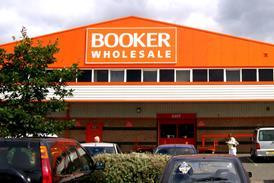


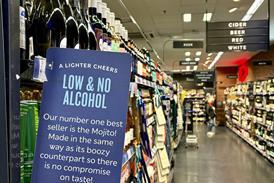




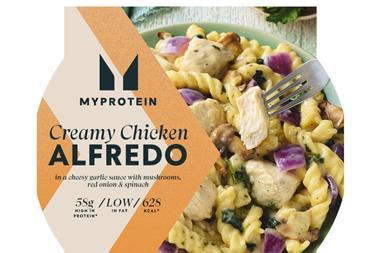
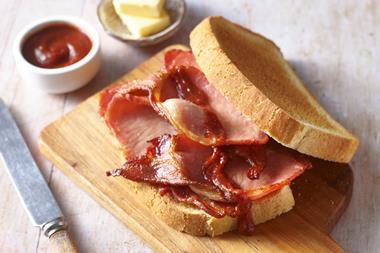



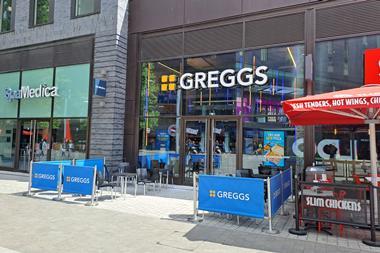
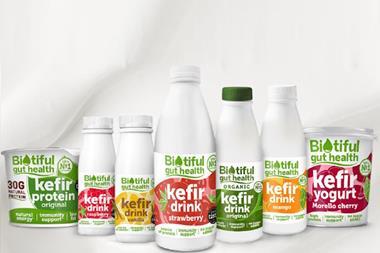


No comments yet